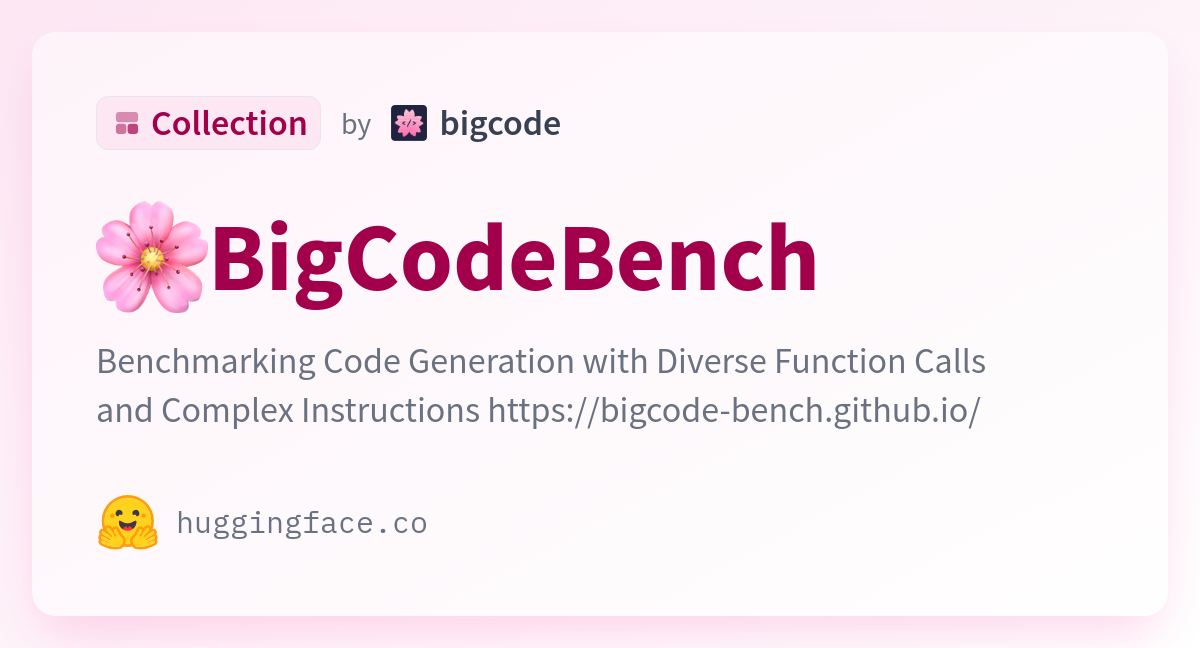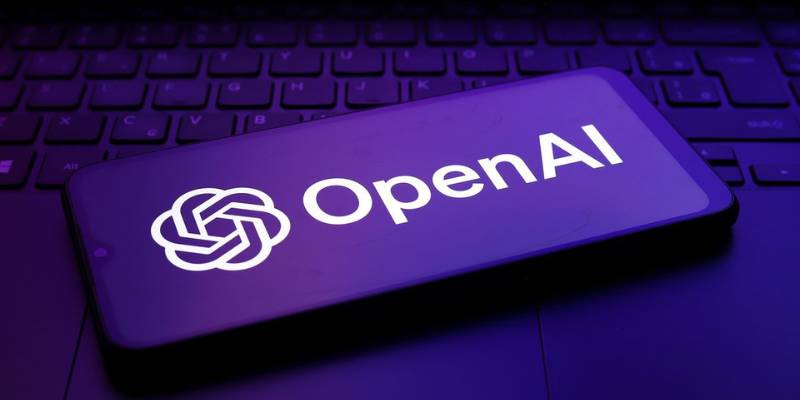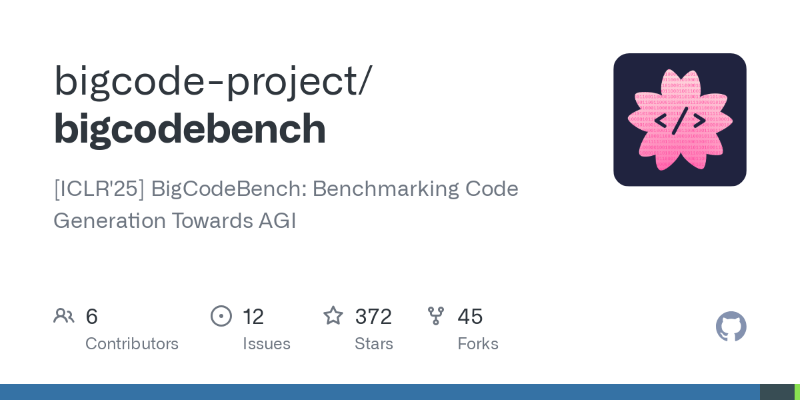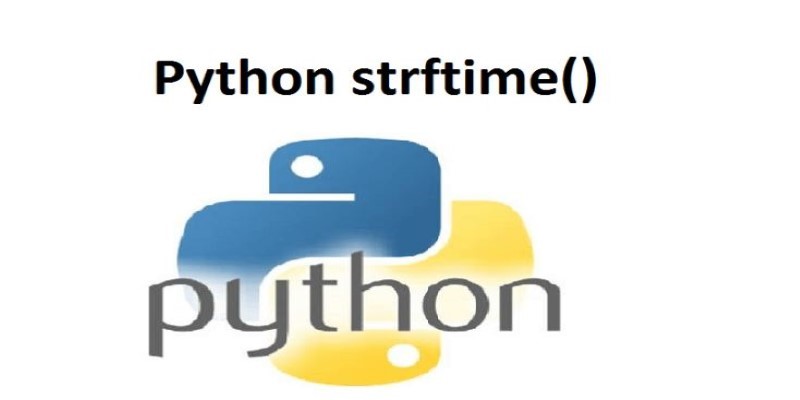Advertisement
Coding benchmarks are a lot like tests we didn’t ask for—but they shape how tools are built, tested, and trusted. One of the most well-known benchmarks, HumanEval, has been around long enough to establish itself as the standard yardstick for evaluating coding models. It's simple, consistent, and helpful—but it's also outdated. BigCodeBench is the new kid on the block, aiming to replace HumanEval not by doing more of the same but by pushing beyond the limits of what a benchmark can be.
So, what makes BigCodeBench different? Quite a lot, actually. It doesn’t just test code generation—it checks for actual human-like reasoning, real-world complexity, and much stronger evaluation metrics. Think of it like moving from a spelling test to writing a short story that has to make sense. Let’s see what sets it apart.
HumanEval was useful. Still is. But it doesn’t stretch large language models in ways that mimic what real developers actually do. Its prompts are short, single-function tasks. They’re not messy, not ambiguous, and not very long. That’s good for simple checks, but in real programming, things aren’t so neat.

Code models today are larger and more advanced than when HumanEval was introduced. They're generating full applications, debugging themselves, and figuring out context from multiple lines. With that in mind, HumanEval's limited structure holds them back. It doesn’t tell us how well a model handles edge cases, long-term dependencies, or even basic project structure. It’s like grading a chef on how well they make toast.
BigCodeBench saw the gap and filled it.

The most obvious shift? The problems in BigCodeBench are more closely aligned with what developers encounter in real-world jobs. These are not bite-sized function tasks—they’re full scripts, modules, and workflows that require planning and context. Some include multiple files. Others rely on external libraries. A few even require knowledge of documentation or broader programming conventions.
This change forces models to go beyond autocomplete tricks. They can’t just memorize snippets; they have to build coherent code that makes sense from start to end. It’s a much stronger test of practical ability.
Another big change: variety. HumanEval leans heavily on Python. BigCodeBench still includes Python, but it branches into multiple languages. JavaScript, C++, Rust—they all show up. Within each language, the problems range from algorithms to web APIs and data parsing to file I/O. It's no longer about solving one kind of problem well; it's about demonstrating that a model can excel across the board.
There’s also attention to nuance. BigCodeBench includes tasks with built-in edge cases. Some are meant to be challenging, such as sorting functions with duplicates or handling memory constraints. Others check how well a model reads and reacts to docstrings or incomplete code.
It’s not just hard for the sake of being hard. It’s more accurate to how real code works: messy, unpredictable, and rarely ever done in one go.
Here’s where BigCodeBench gets technical. HumanEval mostly relied on exact matches and simple test cases. If the code returned what it was supposed to, it passed. If it hadn't, it would have failed. That works fine at first glance, but it misses a lot.
BigCodeBench uses metrics that go deeper. It examines runtime behavior but also checks for structure, correctness, readability, and maintainability. Some tasks are graded using functional correctness—does it work? Others are judged on similarity to human-written solutions—does it look like something a real person would write?
There’s also a larger test set. Hundreds of problems, not just a few dozen. That gives more accurate scores and fewer false positives.
BigCodeBench is already being used to test some of the biggest open-source coding models, and the results have been eye-opening. Models that scored impressively on HumanEval are showing much weaker performance here. That's not because they're bad—it's because the benchmark is harder and, frankly, more honest.
It shows gaps that didn’t come up before. For example, a model might be great at writing isolated functions but struggle to maintain variable consistency across multiple files. Or it might fail at interpreting error messages and adapting to them. Those aren’t small misses—they're major issues in real-world code generation.
In other words, BigCodeBench gives a better picture of where models still need work. And that’s exactly what benchmarks are supposed to do.
The team behind BigCodeBench didn't just whip up a few problems and call it a day. The benchmark was curated from open-source codebases, cleaned up for consistency, and reviewed for quality. Each problem includes detailed instructions, expected outputs, and, in many cases, multiple solutions.
The dataset is public, which means anyone can contribute or test against it. That’s a big deal for transparency. Unlike some private benchmarks, BigCodeBench allows researchers to see exactly what models are being tested on, how they're being scored, and where the line is drawn between good and great.
There's another key feature: versioning. As new tasks get added or refined, updates are tracked. This means scores from one version won't be confused with those from another. Over time, this helps avoid stale comparisons and ensures fairness.
BigCodeBench isn’t just a bigger version of HumanEval. It's a reevaluation of what it means to properly evaluate coding models. It challenges them with tougher tasks, broader language coverage, and more accurate scoring. That doesn't make things easier—but it makes the results more meaningful.
The benchmark is still growing. However, it's already changing how developers and researchers approach code generation. If HumanEval was the warm-up, BigCodeBench was the main event.
Advertisement

Looking for the best AI image enhancers in 2025? Discover 10 top tools that improve image quality, sharpen details, and boost resolution with a single click

How to use the Python time.sleep() function with clear examples. Discover smart ways this sleep function can improve your scripts and automate delays

Discover OpenAI's key features, benefits, applications, and use cases for businesses to boost productivity and innovation.

Thousands have been tricked by a fake ChatGPT Windows client that spreads malware. Learn how these scams work, how to stay safe, and why there’s no official desktop version from OpenAI

What makes BigCodeBench stand out from HumanEval? Explore how this new coding benchmark challenges models with complex, real-world tasks and modern evaluation

Hugging Face and FriendliAI have partnered to streamline model deployment on the Hub, making it faster and easier to bring AI models into production with minimal setup

Is premium AR worth the price? Discover how Xreal Air 2 Ultra offers a solid and budget-friendly AR experience without the Apple Vision Pro’s cost

Policymakers analyze AI competition between the U.S. and China following DeepSeek’s significant breakthroughs.

Explore the real pros and cons of using ChatGPT for creative writing. Learn how this AI writing assistant helps generate ideas, draft content, and more—while also understanding its creative limits

How Phi-2 is changing the landscape of language models with compact brilliance, offering high performance without large-scale infrastructure or excessive parameter counts

Looking for the best cloud GPU providers for 2025? Compare pricing, hardware, and ease of use from trusted names in GPU cloud services

Explore the Python strftime() function and how it helps convert datetime objects into formatted strings. Learn common usage, tips, and avoid pitfalls in this detailed guide